Clouds cover about 70% of the Earth at any given time, taking on countless shapes from wispy to billowy. Clouds are something we are extremely familiar with, but what would happen if suddenly all the clouds on Earth disappeared?
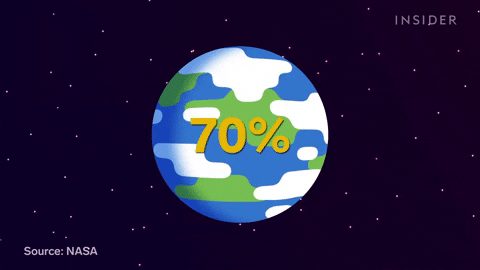
This would immediately shock astronauts on the space station, but those in a place like the desert might not immediately realize that everything on Earth is about to get really bad.
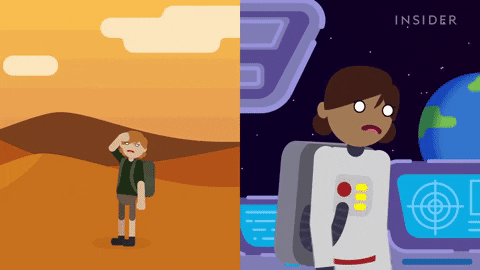
Within a few days, the first warning signs will appear: humidity. The situation would be even worse if you lived near the coast. Typically, the sun’s heat evaporates water, mainly from the oceans, and that water vapor condenses into clouds. However, if there are no clouds, that water vapor would only linger in the air, creating humidity levels close to 100%.
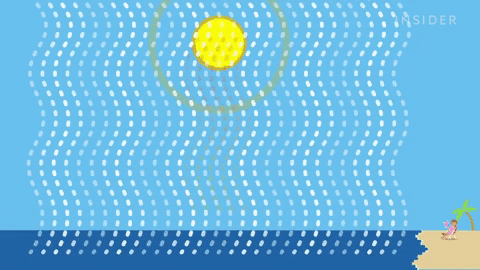
If you are on a flight, you would feel more turbulence than usual. Without clouds to shield the Earth and reflect sunlight back into space, the sun would heat our planet more, creating uneven rising currents of hot air.

But an uncomfortable flight is certainly not the worst thing that would happen, as the absence of clouds would lead to no rain, snow, or even light fog, meaning there would be no way to replenish our water sources such as ponds, lakes, rivers, springs, and aquifers.

We would have to rely on any remaining water, and if we continue to consume water at the current rate, we would deplete freshwater in rivers and lakes within 23 years.
Therefore, to conserve our freshwater supply, humanity would need a strategy. We would need to do more than just save water while showering or doing laundry. The water we use in households and public places only accounts for 21% of the freshwater that humans consume.
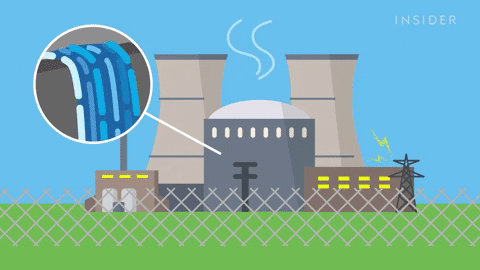
The two biggest demands are actually for thermal power and irrigation for farms. Power plants not only use tons of water, but nuclear power plants could cause disasters if their cooling towers run dry. For example, the Fukushima nuclear disaster in 2011 occurred when an earthquake knocked out the cooling water pumps.
And farms would need more water if there were no rain. This permanent drought would kill tons of vegetation and wildlife as the land becomes barren. Within a few years, erosion could create massive dust storms like the Dust Bowl in the 1930s.

Meanwhile, the Earth’s climate would become arid without clouds. Cloud expert Chris Fairall has predicted that without clouds, the average surface temperature of the Earth could rise by up to 22 degrees Celsius.
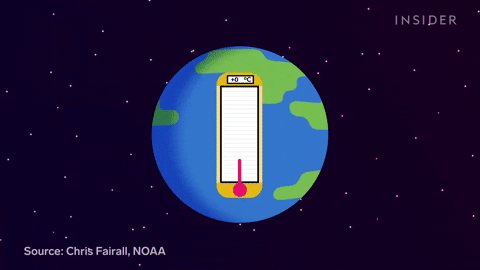
This sudden spike in temperature would not only destroy the habitats of most plant and animal species, causing mass die-offs, but it would also melt the ice caps in polar regions and cause severe flooding in coastal cities. We might have to live in endless deserts as seawater begins to infiltrate precious freshwater aquifers.
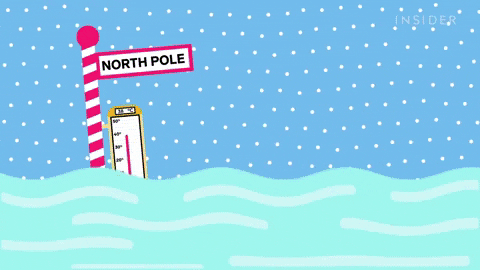
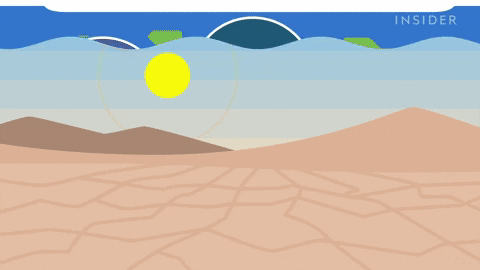
But humans are very creative; we could invent ways to desalinate ocean water or harvest all the water vapor from the air to create usable water sources.

And we need to find ways to do this as soon as possible because we are truly losing our clouds.
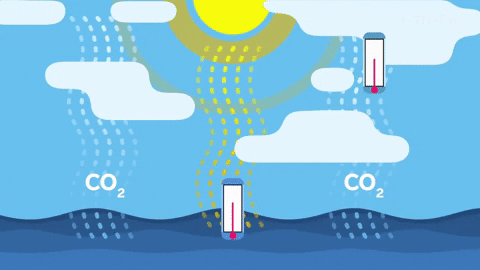
Unprecedented levels of CO2, along with warming oceans and atmosphere, are causing clouds to thin. The best thing we can do is reduce greenhouse gas emissions and strive to avoid living in this terrifying cloudless world.


















































